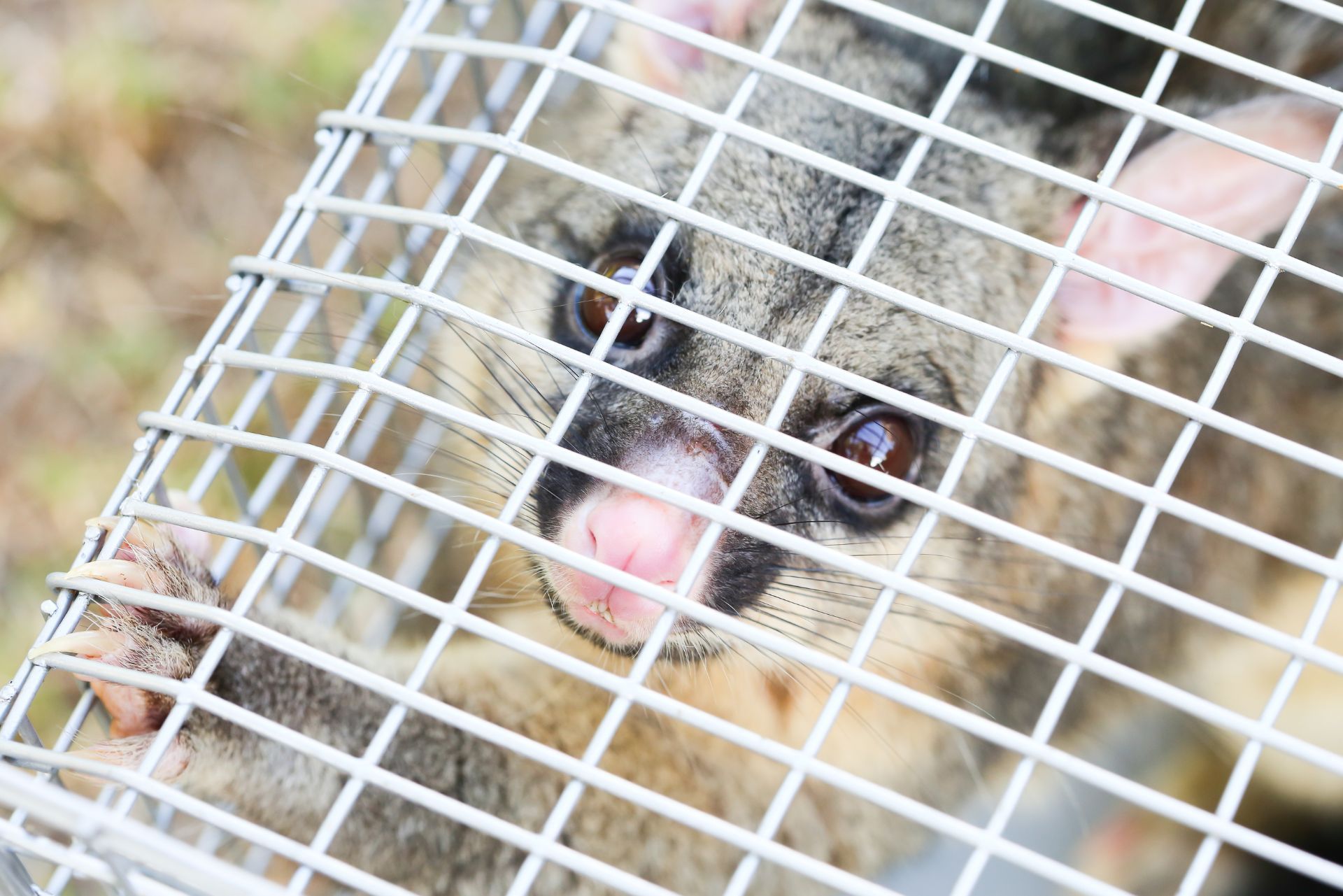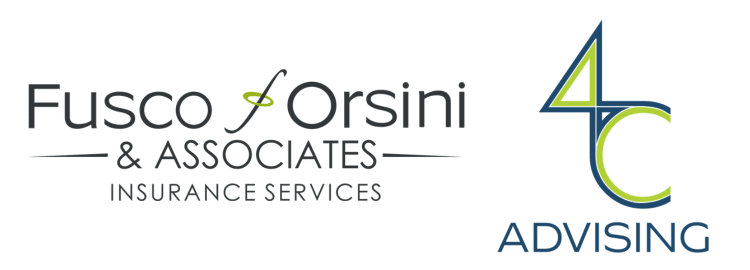Top 3 Recommended Policies

California’s unique ecosystem and frequent wildfire risks create a challenging environment for wildlife removal specialists. These professionals not only manage animal intrusions but also face significant liability and operational risks. Understanding the nuances of insurance coverage tailored to wildlife removal services in California is essential for protecting your business, assets, and clients. This comprehensive guide explores the critical aspects of wildlife removal specialist insurance, including the impact of wildfire risks on insurance, recent regulatory developments, and best practices to mitigate risks effectively.
Why Wildlife Removal Specialists Need Specialized Insurance in California
Wildlife removal specialists operate in a high-risk environment, especially in California where wildfire seasons have intensified over the years. These specialists often work around damaged or vulnerable properties, increasing their exposure to liability claims and property damage. Standard business insurance policies may not adequately cover the unique risks associated with wildlife removal, such as animal bites, structural damage during removal, or wildfire-related incidents.
Moreover, California has seen a surge in insurance complaints related to wildfire underinsurance. From 2003 to 2024, the California Department of Insurance received 888 consumer complaints from wildfire survivors about being underinsured, highlighting the importance of having comprehensive coverage tailored to wildfire-prone areas. For wildlife removal businesses, this means insurance policies must be robust enough to handle such risks to avoid costly gaps in coverage. Understanding these challenges is crucial for specialists seeking to protect their operations and clients effectively.
In addition to the risks posed by wildlife and environmental factors, wildlife removal specialists often face the challenge of navigating complex regulations and permitting processes. California has strict laws regarding the handling and relocation of certain species, which can vary significantly by region. This regulatory landscape adds another layer of complexity to their operations, as failure to comply can result in hefty fines or legal repercussions. Therefore, having specialized insurance that covers legal defense costs and fines related to regulatory compliance is essential for these businesses to mitigate potential financial losses.
Furthermore, the emotional and psychological aspects of wildlife removal cannot be overlooked. Specialists frequently encounter distressed homeowners dealing with the aftermath of wildlife intrusions, which can lead to heightened tensions and potential confrontations. This not only increases the risk of liability claims but also necessitates a level of professionalism and customer service that goes beyond the physical removal of animals. Insurance that includes coverage for personal injury claims or emotional distress can provide an added layer of protection for specialists who must navigate these sensitive situations while ensuring the safety and satisfaction of their clients.
For those interested in the broader insurance challenges in California, the
California Department of Insurance’s report on underinsurance complaints offers valuable insights into the evolving landscape.
Key Coverage Types for Wildlife Removal Specialists
When selecting insurance, wildlife removal specialists should consider several essential coverage types to safeguard their business:
- General Liability Insurance: Protects against third-party bodily injury and property damage claims, such as injuries caused during animal removal or damage to client property.
- Professional Liability Insurance: Also known as errors and omissions insurance, this covers claims arising from negligence or failure to perform services as promised.
- Commercial Property Insurance: Covers damage to business property, including equipment and vehicles used in wildlife removal operations.
- Workers’ Compensation Insurance: Mandatory in California, this protects employees who may be injured on the job, which is particularly important given the physical risks involved in wildlife removal.
- Environmental or Pollution Liability Insurance: Some wildlife removal activities may involve hazardous materials or biohazards, making this coverage relevant for certain specialists.
Given California’s wildfire risks, it’s also critical to ensure that property and equipment coverage includes protection against wildfire damage. Recent regulatory efforts aim to stabilize insurance rates and improve access to coverage for wildfire-exposed businesses. In August 2025, the California Department of Insurance completed its review of wildfire catastrophe models, a move designed to help insurers better price wildfire risk and expand coverage availability.
In addition to these fundamental coverage types, wildlife removal specialists may also want to consider adding coverage for specialized equipment, such as traps and vehicles equipped for safe animal transport. These tools are not only essential for effective operations but can also represent a significant investment. Theft or damage to this equipment can severely disrupt business activities, making it crucial to have adequate protection in place. Furthermore, as wildlife removal often involves working in unpredictable environments, coverage for equipment breakdowns can help mitigate losses caused by unexpected malfunctions or accidents.
Moreover, as the industry evolves, wildlife removal specialists should stay informed about emerging risks and trends that may impact their insurance needs. For instance, the increasing urbanization of wildlife habitats has led to more frequent human-wildlife interactions, which can result in unique liability scenarios. Keeping abreast of these developments can help specialists adjust their insurance coverage accordingly, ensuring they remain protected against new challenges while maintaining compliance with state regulations. Regular consultations with an insurance advisor familiar with the wildlife removal industry can provide valuable insights into tailoring coverage to fit specific operational risks.

Impact of Wildfire Risk on Insurance for Wildlife Removal Specialists
Wildfires pose a significant threat not only to residential and commercial properties but also to businesses operating in affected areas. For wildlife removal specialists, exposure to wildfire risk can increase insurance premiums and complicate coverage availability. Insurers are increasingly cautious, often requiring detailed risk mitigation efforts from policyholders.
Studies have shown that structural modifications can reduce wildfire risk by up to 40%, and when combined with vegetation management, risk reduction can reach 75%. These findings underscore the importance of proactive mitigation strategies for businesses in wildfire-prone regions. Wildlife removal specialists who implement such measures may benefit from more favorable insurance terms.
However, incorporating mitigation efforts into underwriting is complex. Sheri Lee Scott, an actuary with Milliman Property & Casualty, warns that while mitigation is essential, its integration into underwriting could potentially exacerbate the insurance crisis if not managed carefully. This highlights the delicate balance insurers must strike between encouraging risk reduction and maintaining sustainable pricing models.
In addition to structural modifications and vegetation management, wildlife removal specialists must also consider the broader ecological impacts of their operations. For instance, the presence of invasive species can exacerbate wildfire risks, as these plants often have higher flammability compared to native flora. By actively managing invasive species, wildlife removal specialists not only reduce fire hazards but also contribute to the restoration of local ecosystems, which can be a compelling narrative when negotiating insurance terms. Insurers may view such environmentally conscious practices as a positive factor, potentially leading to lower premiums.
Furthermore, the role of technology in wildfire risk assessment cannot be overlooked. Advanced modeling software and geographic information systems (GIS) allow wildlife removal specialists to analyze their operational areas more effectively, identifying high-risk zones and tailoring their mitigation strategies accordingly. By leveraging these tools, businesses can provide insurers with detailed data on their risk profiles, enhancing their credibility and possibly leading to more favorable insurance conditions. This proactive approach not only safeguards the business but also promotes a culture of responsibility and awareness in the community regarding wildfire risks.
Mitigation Strategies to Lower Insurance Costs
Wildlife removal specialists can take several steps to reduce wildfire risk and, consequently, their insurance premiums:
- Property Hardening: Making structural modifications such as fire-resistant roofing, ember-resistant vents, and non-combustible siding.
- Vegetation Management: Clearing brush, thinning forests, and maintaining defensible space around work sites and storage facilities.
- Emergency Preparedness: Developing and practicing wildfire response plans to protect employees and assets.
- Collaboration with Local Authorities: Engaging with fire departments and forestry services to stay informed about wildfire risks and mitigation programs.
Research by The Nature Conservancy and WTW in 2021 found that forest thinning and prescribed burning in California’s Northern Sierra Nevada could reduce insurance company losses by 40–60%, which translates into lower premiums for businesses operating in those areas. Michael Jarred from The Nature Conservancy supports regulations that require insurers to consider mitigation efforts in their pricing models, emphasizing the potential benefits for businesses that invest in wildfire resilience.
For more on how forest treatment can affect insurance outcomes, see the Nature Conservancy’s 2021 report.
In addition to these strategies, businesses can also benefit from investing in advanced technology to monitor and assess wildfire risks. Utilizing satellite imagery and drone surveillance can provide real-time data on vegetation health and fire-prone areas, allowing for proactive measures to be taken before a wildfire occurs. This technological integration not only enhances the effectiveness of mitigation strategies but can also serve as a strong point in negotiations with insurance providers, showcasing a commitment to risk management.
Moreover, community engagement plays a crucial role in wildfire mitigation. By participating in local fire prevention programs and educating employees and clients about fire safety practices, businesses can foster a culture of preparedness. This not only helps in reducing the overall risk of wildfires but also strengthens relationships within the community, potentially leading to collaborative efforts that benefit all stakeholders involved. Such initiatives can further demonstrate to insurers that a business is actively contributing to wildfire resilience, which may positively influence premium rates.

Regulatory Developments Affecting Insurance Availability
California’s insurance market has faced significant challenges due to the increasing frequency and severity of wildfires. To address these issues, the California Department of Insurance has taken proactive steps to improve the accuracy of wildfire risk modeling and stabilize insurance markets.
In July 2025, the department completed its review of the first forward-looking wildfire catastrophe model, enabling insurers to better assess risk and close coverage gaps statewide. This regulatory progress is expected to improve insurance availability for businesses, including wildlife removal specialists operating in high-risk zones. By utilizing advanced data analytics and incorporating real-time environmental factors, insurers can now develop more tailored policies that reflect the unique risks associated with different geographical areas, ultimately leading to more equitable pricing for consumers.
Additionally, a July 2025 report by the Center for California Real Estate outlined six urgent actions to tackle the insurance crisis, such as fast-tracking rate approvals and securing long-term funding for mitigation projects. These measures aim to create a more sustainable insurance environment, benefiting both insurers and insured parties. Among these actions, the report emphasizes the importance of community engagement in disaster preparedness initiatives, encouraging local governments to collaborate with residents to develop effective evacuation plans and firebreaks, which can significantly reduce risk and enhance safety.
More details on these regulatory efforts can be found in the Center for California Real Estate’s 2025 report and the California Department of Insurance’s July 2025 release. Furthermore, the ongoing dialogue between state regulators and insurance providers is crucial for adapting to the evolving landscape of climate risks. As these discussions continue, stakeholders are encouraged to share insights and best practices to foster a more resilient insurance framework that not only addresses current challenges but also anticipates future threats posed by climate change and natural disasters.
Choosing the Right Insurance Provider
Selecting an insurance provider familiar with California’s wildfire risks and the specific needs of wildlife removal specialists is crucial. Look for insurers who:
- Offer tailored policies that address the unique liabilities of wildlife removal work.
- Understand the impact of wildfire risk and incorporate mitigation incentives into their pricing.
- Provide clear guidance on coverage limits and exclusions related to wildfire and animal-related incidents.
- Support clients with risk management resources and claims assistance.
Working with an insurance broker experienced in California’s wildfire insurance market can help navigate complex policy options and ensure adequate protection. Given the evolving regulatory landscape and wildfire modeling improvements, staying informed about new insurance products and regulatory changes is essential for maintaining optimal coverage.
Additionally, it’s important to consider the reputation and financial stability of the insurance provider. Researching customer reviews and ratings can provide insights into the insurer’s reliability and responsiveness during claims processing. A provider with a strong track record in handling claims related to wildlife incidents and natural disasters can make a significant difference when you need support the most. Furthermore, engaging with local wildlife removal associations can offer recommendations for insurance providers that are well-regarded within the industry, ensuring you make an informed choice.
Another aspect to consider is the level of customer service offered by the insurance provider. A dedicated claims representative who understands the intricacies of wildlife removal can streamline the claims process and provide timely assistance when unexpected incidents occur. It’s beneficial to choose a provider that prioritizes communication and has a robust support system in place, including access to educational resources about best practices for risk management and loss prevention. This proactive approach not only helps in mitigating potential losses but also fosters a long-term partnership that can adapt to the changing needs of your business.
Conclusion: Protecting Your Wildlife Removal Business in a Wildfire-Prone State
California wildlife removal specialists face a unique set of challenges due to the state’s wildfire risks and complex insurance market. Comprehensive insurance coverage that addresses general liability, professional liability, property damage, and wildfire exposure is vital for business continuity and legal protection.
Proactive mitigation efforts not only enhance safety but can also lead to lower insurance premiums, supported by recent studies showing significant risk reductions through structural and vegetation management. Meanwhile, ongoing regulatory developments promise improved insurance availability and pricing stability, making it an opportune time for wildlife removal specialists to review and update their insurance strategies.
Understanding the interplay between wildfire risk, insurance coverage, and mitigation is key to safeguarding your business and clients. For further insights into wildfire insurance challenges and solutions, the California Department of Insurance’s data on wildfire underinsurance provides a valuable resource to contextualize these risks within the broader insurance landscape.
Contact Us
Phone
Location




